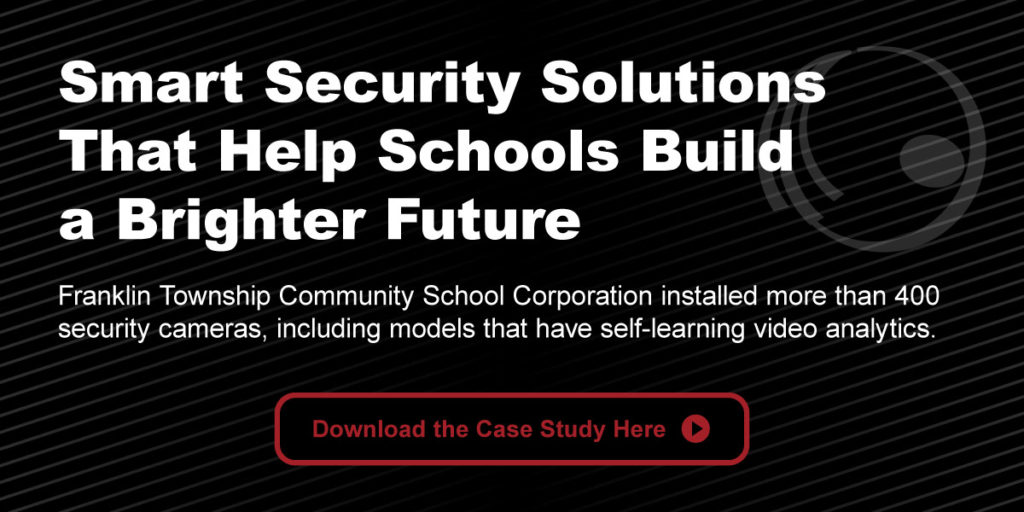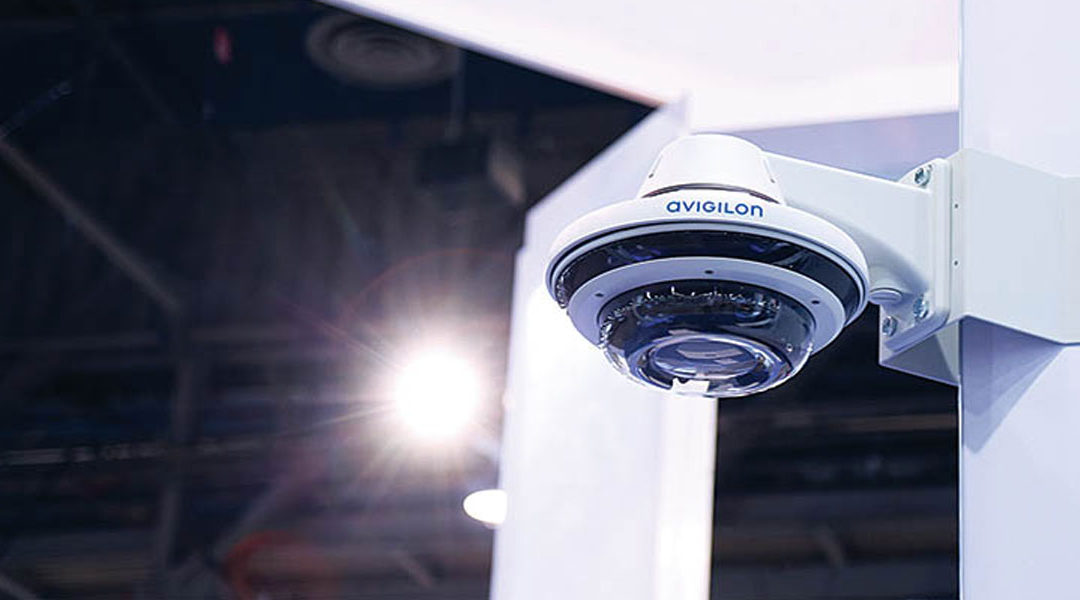Since the foundation of the cloud, there have been security concerns around it, which has forced its use to become somewhat limited. While many of these fears have alleviated over time, a risk-adverse approach is still understandable, but cloud-based security solutions are very much the future of security.
Click Here to Download Our State of Security Infographic
There are some very clear benefits to cloud-based systems:
- Reduce IT burden of hardware and software maintenance and updates
- Increase security of and access to video and security data
- Enable more robust use of video analytics
- Improve ease-of-use and provide a flexible, scalable solution
There’s no denying that the prevalence of cloud-based video and/or video surveillance as a service (VSaaS) solutions have increased. With the potential for increased storage, access to data, extensive utility, and lower cost, it’s no surprise that cloud-based surveillance has become so popular.
Some of the confusion surrounding surveillance concerns where and how data will be stored and how it can be accessed. And this is natural seeing as there are two distinct ways the cloud can be integrated into video surveillance.
First, the captured video itself is recorded and stored in the cloud. In essence, this is what doorbell cameras do. These solutions are sub-optimal because they are entirely dependent on the reliability of the network. If the connection is disrupted, or a device is compromised, the whole system loses its value, and these breakdowns are more common than you may realize. These devices are also more susceptible to hacks.

Avigilon Cloud based video surveillance allows for secure remote access via mobile devices.
The second method is the video is recorded on either a server or on a built-in storage unit within the camera itself. What role does the cloud play, then? This solution provides surveillance which is accessible through the cloud. Avigilon Cloud Services (ACS), for example, allows someone with multiple locations to view their sites with a single convenient, centralized application.
The latter is what we always recommend to organizations looking for cloud-based video surveillance because it is not dependent on constant internet service: instead, all the camera network traffic is contained locally and the cloud acts as a conduit for remote access via a smart phone or computer.
Cloud-accessible surveillance systems can provide a seamless, fully-integrated dashboard to business owners who may not have the capital nor capacity to hire a committed surveillance team. With these solutions, users are able to access, manage, and monitor video footage from a single, remote platform. This offers peace of mind for owners, managers, and other authorized personnel who can be more confident in their ability to retrieve the needed information and respond more quickly to any incidents.
When it comes to security and surveillance systems, understanding that every solution has some level of vulnerability allows decision makers to properly measure and potentially avoid risk. Compared to the alternatives, though, cloud-based surveillance is on equal or better footing than other options. Because they promote easier firmware and security updates, offer high-level encryption, and facilitate risk avoidance, the right cloud-based video surveillance solution will prove to be an effective way of keeping your place of business safe.


